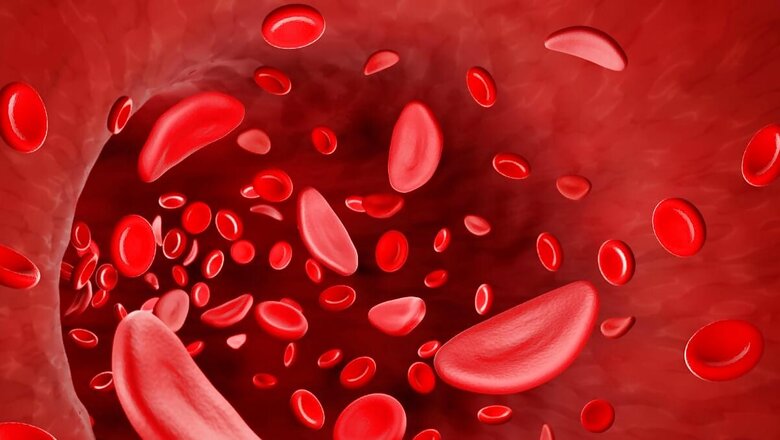
views
Chhattisgarh is leading the National Sickle Cell Anaemia Elimination Mission, having screened over a crore people, whereas Bihar is lagging significantly, with only a few thousand individuals screened, shows government data.
The mission, which aims to screen over seven crore people affected by the rare blood disorder, has reached the halfway mark, having screened more than four crore individuals.
The government data, accessed by News18, shows that till September 3, 4.11 crore people were screened. In the selected 17 states, Chhattisgarh has screened over 1.28 crore people, followed by Madhya Pradesh (65.10 lakh), Maharashtra (42.64 lakh), Odisha (37.20 lakh) and Gujarat (35.06 lakh).
The bottom three states include Andhra Pradesh (8.68 lakh), Assam (8.26 lakh) and Bihar where the latter has screened just 1,960 people.
The efforts are in a positive direction as several studies have shown that the highest prevalence of this disease is reported from Madhya Pradesh, followed closely by Maharashtra, Gujarat, and Odisha — all of them leading in the screening drive.

Amidst the screening efforts, people found with sickle cell trait are over 11.25 lakh whereas people suffering from the disease (diagnosed during the screening) stand slightly above 1.61 lakh.
What is sickle cell disease and how does it impact?
Sickle Cell Disease (SCD) is a genetic blood disorder and India has the second-highest rate of the disease’s prevalence in the world after Africa. Every year, approximately 1,50,000-2,00,000 children are born with the disease and more than half of the patients struggle to reach the age of five.
This disease alters haemoglobin cells, leading to distorted red blood cells, causing painful conditions and multiple health problems.
“The National Sickle Cell Anaemia Elimination Mission takes a comprehensive approach towards combating sickle cell disease as the impact of a disease is not felt by the patient alone, but by the whole family,” PM Narendra Modi had said during the launch of the mission on July 1, 2023.
“The mission combines both screening and awareness strategies to ensure early detection and treatment while promoting education about the disease as people may not be aware that they suffer from this disease, and may unintentionally transfer it to the next generation, hence the role of screening becomes even more important in this regard.”
The programme is implemented in a mission mode as part of the National Health Mission which aims to eliminate sickle cell genetic transmission by 2047. Over three years, starting from the fiscal year 2023-24 to 2025-26, the program targets screening approximately seven crore people.
It focusses on 278 districts of 17 states with higher prevalence of SCD — Gujarat, Maharashtra, Rajasthan, Madhya Pradesh, Jharkhand, Chhattisgarh, West Bengal, Odisha, Tamil Nadu, Telangana, Andhra Pradesh, Karnataka, Assam, Uttar Pradesh, Kerala, Bihar and Uttarakhand.
How will screening help?
In India, the percentage of sickle cell carriers among various Adivasi or tribal and scheduled groups hovers between 1 to 40 per cent — which makes this disease under-diagnosed — mainly due to multiple social factors and limited access to public healthcare. Ultimately, the disease impacts the poorest.
According to a research article published in the peer-reviewed journal Frontier, “Despite the availability of cheap diagnostic tests and treatment options, including curative, stem cell transplants available across public and private sectors, SCD remains a largely neglected disease within healthcare policy and practice across India.”
Once screened and diagnosed, the patients can be treated with available medicines and those with traits can be educated about the management of the disease and progeny.
The article published by Indian researchers in December 2023 gave a reference to how Tanzania managed to reduce the deaths due to the disease.
“In fact, a review from Tanzania suggests that such low-cost measures, alongside better education for parents and families, can reduce up to 70 per cent of childhood mortality related to SCD.”



















Comments
0 comment